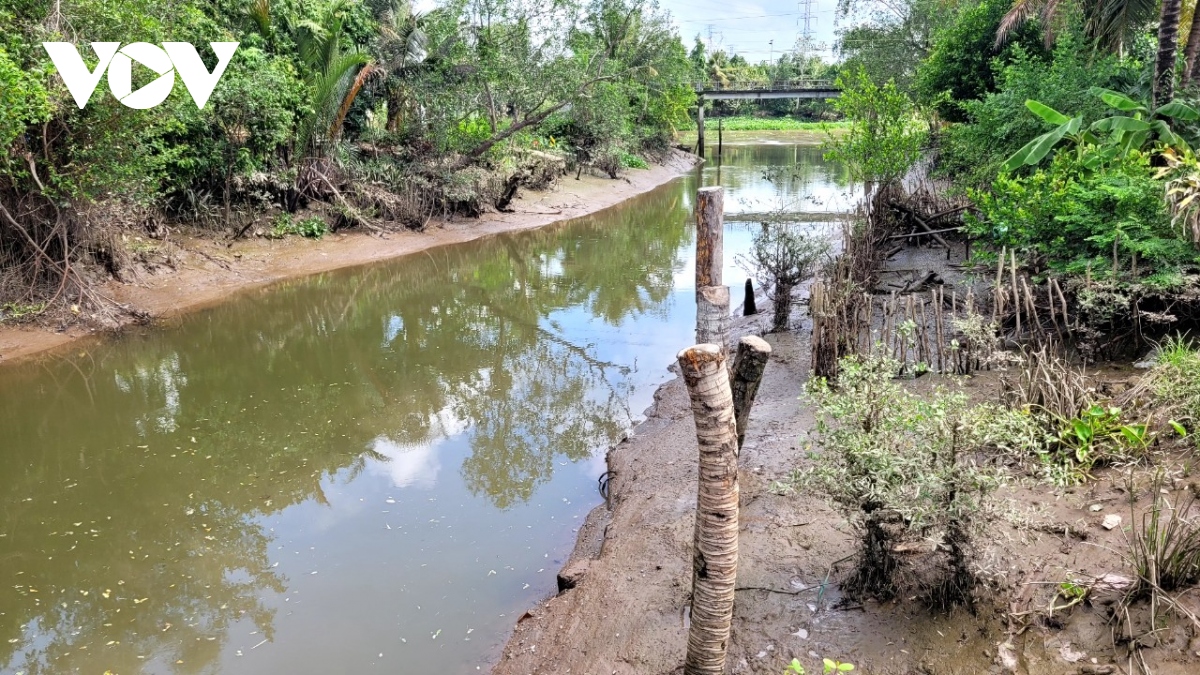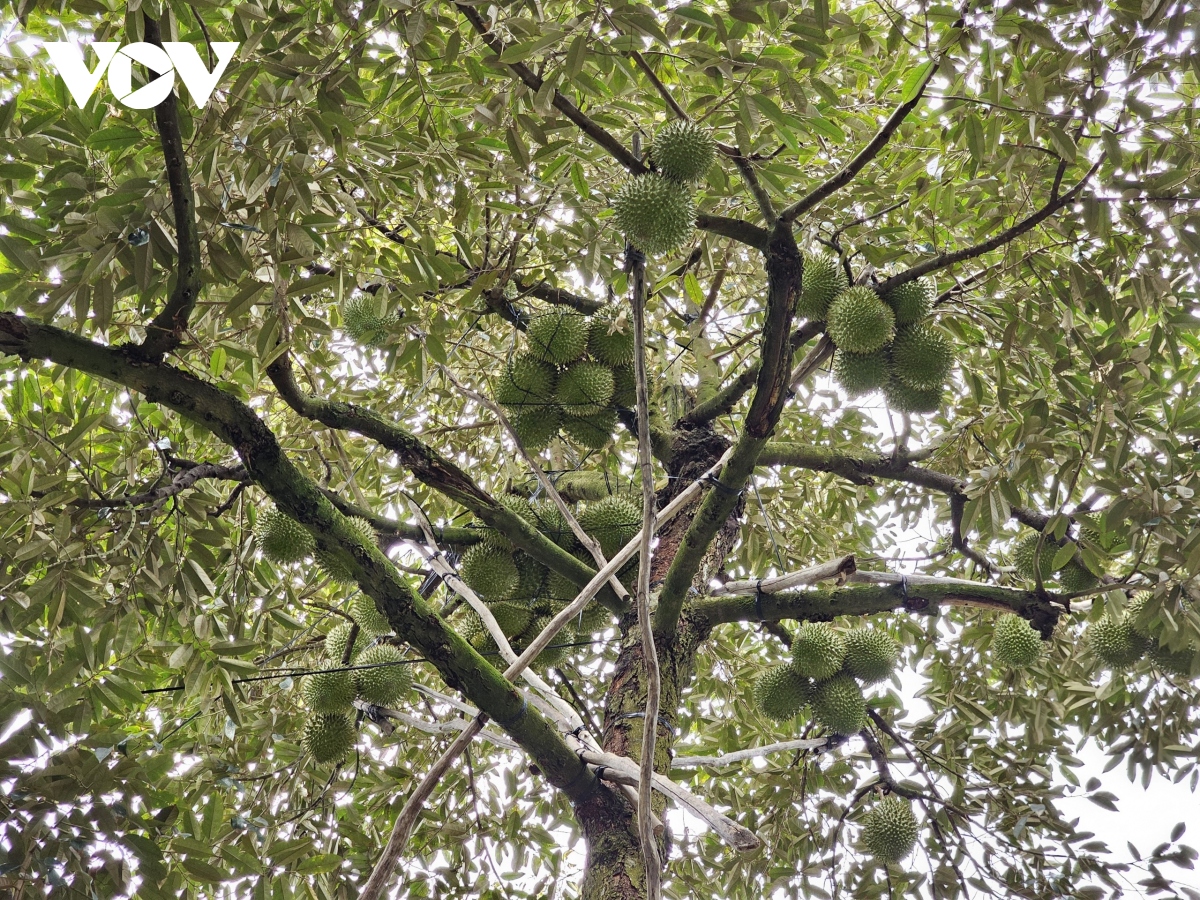According to the Tiền Giang Provincial Command of Natural Disaster Prevention and Search and Rescue, water levels in the Tiền River, Chợ Gạo Canal, and Vàm Cỏ River are currently rising rapidly. It is worth noting that there are several areas with higher salinity levels compared to the same period in 2016, such as Xuân Hòa culvert (Chợ Gạo district) with a salinity level of 6.8 g/l (higher than 2.14 g/l in 2016); Lac Hong Park (Mỹ Tho city) with a salinity level of 4.2 g/l, higher than 1.95 g/l in 2016; and Xang Dong Tam canal bridge (Châu Thành district) with a salinity level of 0.9 g/l, higher than 0.33 g/l in 2016.

Currently, fresh water sources in canals and ditches in certain areas of Tiền Giang province are starting to become scarce due to saltwater intrusion.
Furthermore, saltwater from the sea is beginning to intrude into the “territory” at risk of threatening the cultivation of durian trees along the banks of the Tiền River in Châu Thành and Cai Lậy districts in two directions: the Tiền River and the Hàm Luông River (Bến Tre province). Durian trees are very sensitive and will die if exposed to saltwater with a salinity level above 0.5 g/l. Therefore, efforts to prevent salinity intrusion and store fresh water to serve thousands of hectares of durian trees in this area are being made by local authorities, relevant agencies, and farmers.
Firstly, the scale of the seven large-scale saltwater prevention culvert systems along the Tiền River in Châu Thành and Cai Lậy districts includes the Nguyễn Tấn Thành canal culvert, Rạch Gầm culvert, Phú Phong culvert, Cây Còng culvert, Mù U culvert, Hai Tân culvert, and Cái Sơn culvert, all of which have been sealed off. Temporary saltwater prevention dams have been constructed in Tam Bình commune, and five temporary combat dams have been built in Ngũ Hiệp islet. Additionally, over 30 concrete tanks have been installed in Tân Phong commune, Cai Lậy district.

Durian trees have high economic value but low tolerance to salinity intrusion.
Farmers who cultivate durian trees regularly monitor salinity information and have plans to seal off culverts and create personal concrete tanks to store fresh water within the garden ditches.
According to the hydro-meteorological agency, by mid-May, the rainy season will start, so the situation of saltwater intrusion and hot, dry weather will continue. Priority should be given to protecting durian orchards in this context.









































